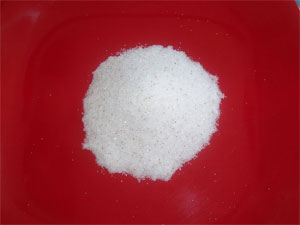Physical Change Versus Chemical Change
You may not be aware of it, but matter is constantly changing. There are two types of changes: physical changes and chemical changes.
![]() Watch this video for a brief introduction on physical and chemical changes.
Watch this video for a brief introduction on physical and chemical changes.
The chart below summarizes the differences between physical and chemical changes.
|
Physical Change |
Chemical Change |
|
Examples:
|
Examples:
|
In the Check Your Understanding exercise, drag and drop the images to either the physical or the chemical change column.
Evidences of Chemical Change/Reactions
In a chemical change or reaction, the original substances' chemical composition is changed. You cannot get back your original substances. This would be like un-baking a cake.
![]() Watch the following video to learn about the evidences of chemical reactions.
Watch the following video to learn about the evidences of chemical reactions.
Some signs (or evidence) of chemical change are
- production of a gas (bubble formation),
- change in temperature,
- formation of a precipitate (a solid),
- change in color, and
- production of a new odor.
![]() Watch the following video and use your notes to list the evidence of a chemical reaction that you see.
Watch the following video and use your notes to list the evidence of a chemical reaction that you see.
Formation of New Substances with Different Properties
When a chemical reaction takes place, a new substance is formed. This new substance has different properties than the original substances.
Let's look at an example. Table salt is also known as sodium chloride (NaCl). As you can see from the chemical formula, it is made up of sodium and chlorine. The table below shows the properties of sodium and chlorine.
|
Properties of Sodium |
Properties of Chlorine |
||
|
 |
|
|
![]() Watch this video to see what happened when sodium and chlorine combine.
Watch this video to see what happened when sodium and chlorine combine.
When sodium and chlorine combine, they form salt. Use your notes to list the properties of salt. Explain how the properties of salt are different from sodium and chlorine.
